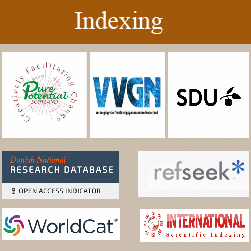Survey of knowledge, attitude, risk perception and practice of the elderly about Covid-19 in Urmia
Author(s):
Ehsan Movahed, Monireh Rezaee Moradali, MoradAli Zareipour*, Zahra Moradi, Sahar Karbasi Salmasi
Background: The first need for behavioral modification to reduce the prevalence of Covid 19 disease among the elderly is to understand their knowledge and attitudes about Covid 19-related issues. If the goal is to reduce the risk of the disease in the elderly, its important to know what the risks are and how to avoid them. Objectives: The aim of this study was to investigate the knowledge, attitude, risk perception and practice of the elderly about Covid disease in Urmia. Methods: The present study was a cross-sectional study that was performed on 1400 elderly people in Urmia, Iran in 2020 by simple random sampling. The data collection tool in this study was a researcher made questionnaire that included demographic characteristics, knowledge, attitude, risk perception and practice questionnaire. Data were analyzed by SPSS 18 software using ANOVA and logistic regression tests. Results: The mean age of the elderly was 66.6 ± 97.4 years old. 67% of seniors had knowledge, 65% had attitude, 52% had practice and 60% had risk perception of Covid-19. Knowledge about Covid-19 was significantly associated with gender and marital status and having a chronic illness, attitude toward gender and having a chronic illness, risk perception with age and education and having a chronic illness, behavior with age, gender, marital status and having a chronic illness (05/0>p). Also, Results showed that the highest to lowest predictive constructs of masking behavior of the elderly, The most effective factor in predicting masking was risk perception (P<0.0001, wald=17.20) and attitude and knowledge were involved in predicting masking in the next step, respectively (P<0.05) Conclusion: Perception of risk was recognized as the most effective factor in predicting the use of masks, so it is necessary to pay attention to strict rules in communities with low risk perception and careful monitoring of the dissemination of information through virtual channels and networks.



